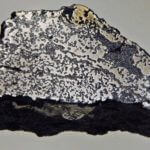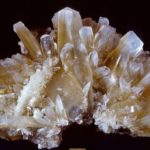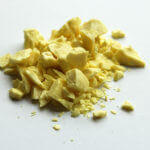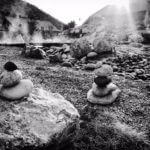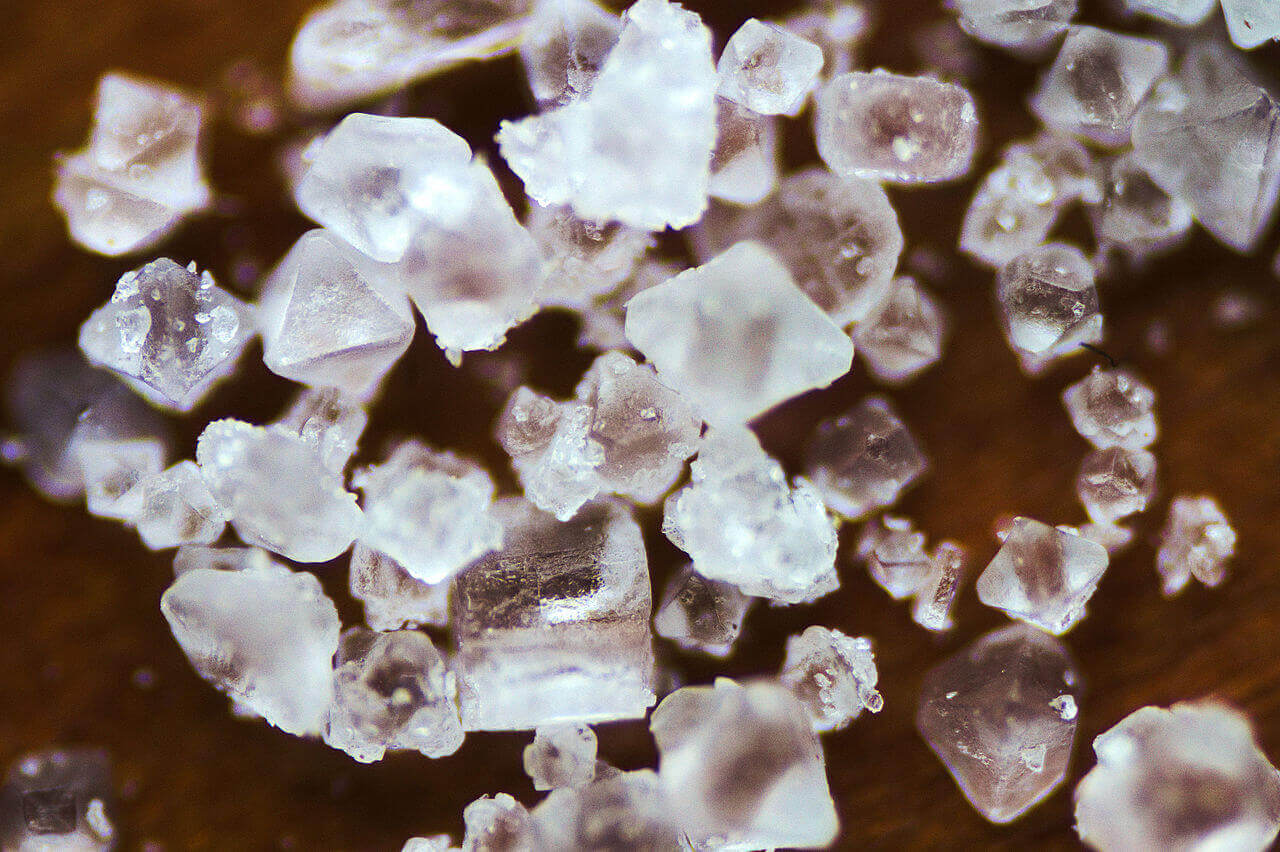
13 Sep Mineral Spotlight: Chloride
Chloride is one of the 14 naturally occurring dissolved minerals found in the geothermal waters at Iron Mountain Hot Springs.
Chloride (Cl–) is the negatively charged mineral ion of chlorine—No. 17 on the Periodic Table without the dangerous properties of the gas chlorine—which does not naturally occur in isolation. Chloride bonds easily with positively charged ions, especially sodium and potassium and when compounds like salt (sodium chloride) are dissolved in water, the ions separate. A liter of Iron Mountain Hot Springs water contains 13,200 milligrams of chloride.
Chloride is necessary for life. Your body contains about 155 milligrams of chloride, a major electrolyte that accounts for 70 percent of its negative ions. It is distributed throughout your body, including blood, lymph, and the fluids in and around your cells. As a negative ion, it provides a balance to the positive ions inside your cells, mostly potassium, and outside your cells, mostly sodium. In your stomach, it combines with hydrogen to make hydrochloric acid that helps digest food. In the blood, it helps maintain pH balance and carry away waste carbon dioxide. In the nervous system, it is involved in the transmission of electrical impulses.
Most people need 1.8 to 2.3 grams of chloride a day. Chances are you’re getting plenty. In addition to salt and the salt substitute potassium chloride, it’s found in seaweed, rye, tomatoes, lettuce, celery, and olives. A 2015 study showed that transdermal magnesium chloride improved the quality of life for women suffering from fibromyalgia.
Soak in the healing benefits of all 14 minerals at Iron Mountain Hot Springs.
Where is Chloride Found?
The human body contains about 155 milligrams of the mineral chloride. Necessary for life and a major electrolyte, it is distributed to the body through the blood, lymph, and fluids in and around the cells, where it provides a balance to the positive ions. Chloride combines with hydrogen in the stomach to form hydrochloric acid, which helps digest food. It aids in maintaining pH balance and carries away waste carbon dioxide in the blood, and it is involved in the transmission of electrical impulses in the nervous system.
Chloride is found in salt, sodium chloride (NaCl), and the salt substitute, potassium chloride (KCl). It naturally occurs in seaweed, tomatoes, rye, celery, lettuce, olives, and mineral springs. Those with joint pain, sore muscles, or sports injuries can benefit from soaking in water that contains chloride.
Chloride is one of 14 naturally occurring minerals found in the healing geothermal waters of Iron Mountain Hot Springs in Glenwood Springs, Colorado.
Enjoy Our Pure and Chemical Free Water
The water at Iron Mountain Hot Springs comes directly from Mother Nature. 100% pure and completely chemical-free, it is never contaminated with harsh additives such as chlorine, which can detract from the wellness benefits of soaking in geothermal water.
The property features 16 soaking pools ranging in temperature from 98º F to 108º F, where the water is completely refreshed and renewed every two hours. This standard practice exceeds the requirements of the State of Colorado for water quality, and it allows us to forego adding chemicals to our soaking pools.
Our geothermal water offers the ultimate health benefits.
Experience a Soak at Home
Soaking at Iron Mountain Hot Springs helps you de-stress and rejuvenate both physically and mentally. When you can’t have an in-person soak, you can still enjoy the experience at home with the resort’s innovative bath products.
Available for purchase in the gift shop, our at-home minerals for bathtubs and hot tubs contain the same mix of minerals found in our geothermal water. To extract the minerals, we ship hundreds of gallons of our unique water to a partner business that handles the dehydration and extraction process. You get to bring the minerals home with you to recreate the Iron Mountain soaking experience in your own home or hotel room at your own convenience.
Our mineral bath therapies come in two formulations:
Skin Formula
This formula contains calcium, sodium, and sulfate, which work synergistically to restore skin. Calcium helps soothe inflammation, while sulfur possesses antibacterial qualities that can help with conditions like acne and eczema.
Joint Formula
Offering a potent combination of minerals that contribute to pain relief, this specially blended formula helps improve blood circulation, reduce inflammation, and promote joint mobility.
To enjoy an Iron Mountain Hot Springs soak at home, simply add it to your bathtub or go all in by adding the minerals to your personal home hot tub. With this option, the minerals will last for up to three months.
Iron Mountain Hot Springs: The Relaxation You Deserve
Iron Mountain Hot Springs has everything you need to relax, restore, and rejuvenate your body, mind, and soul. You can enjoy one or all of our 19 pools, including 16 naturally-shaped geometric mineral pools, a large freshwater family pool, a jetted spa, and our World Experience pool inspired by hot springs from around the world. All our pools are located on a terraced hillside overlooking the Colorado River, with beautiful Rocky Mountain views all around.
Contact us today to experience the relaxation you deserve.
Gene Stowe
Latest posts by Gene Stowe (see all)
- Skin in the Game: High Altitude Skin Care - June 18, 2021
- J-Wellness: Health Trends that are Catching on in the West - May 13, 2021
- Active and Engaged: Senior Movement - April 9, 2021
- Good Vibrations: The Benefits of Wellness Music - March 10, 2021
